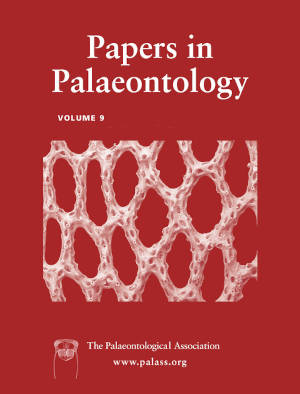Article: Machine learning confirms new records of maniraptoran theropods in Middle Jurassic UK microvertebrate faunas
Publication: Papers in Palaeontology
Volume:
9
Part:
2
Publication Date:
2023
Article number:
e1487
Author(s):
Simon Wills, Charlie J. Underwood, and Paul M. Barrett
DOI:
10.1002/spp2.1487
Abstract
Abstract Current research suggests that the initial radiation of maniraptoran theropods occurred in the Middle Jurassic, although their fossil record is known almost exclusively from the Cretaceous. However, fossils of Jurassic maniraptorans are scarce, usually consisting solely of isolated teeth, and their identifications are often disputed. Here, we apply different machine learning models, in conjunction with morphological comparisons, to a suite of isolated theropod teeth from Bathonian microvertebrate sites in the UK to determine whether any of these can be confidently assigned to Maniraptora. We generated three independent models developed on a training dataset with a wide range of theropod taxa and broad geographical and temporal coverage. Classification of the Middle Jurassic teeth in our sample against these models and comparison of the morphology indicates the presence of at least three distinct dromaeosaur morphotypes, plus a therizinosaur and troodontid in these assemblages. These new referrals significantly extend the ranges of Therizinosauroidea and Troodontidae by some 27 myr. These results indicate that not only were maniraptorans present in the Middle Jurassic, as predicted by previous phylogenetic analyses, but they had already radiated into a diverse fauna that pre-dated the break-up of Pangaea. This study also demonstrates the power of machine learning to provide quantitative assessments of isolated teeth in providing a robust, testable framework for taxonomic identifications, and highlights the importance of assessing and including evidence from microvertebrate sites in faunal and evolutionary analyses.
